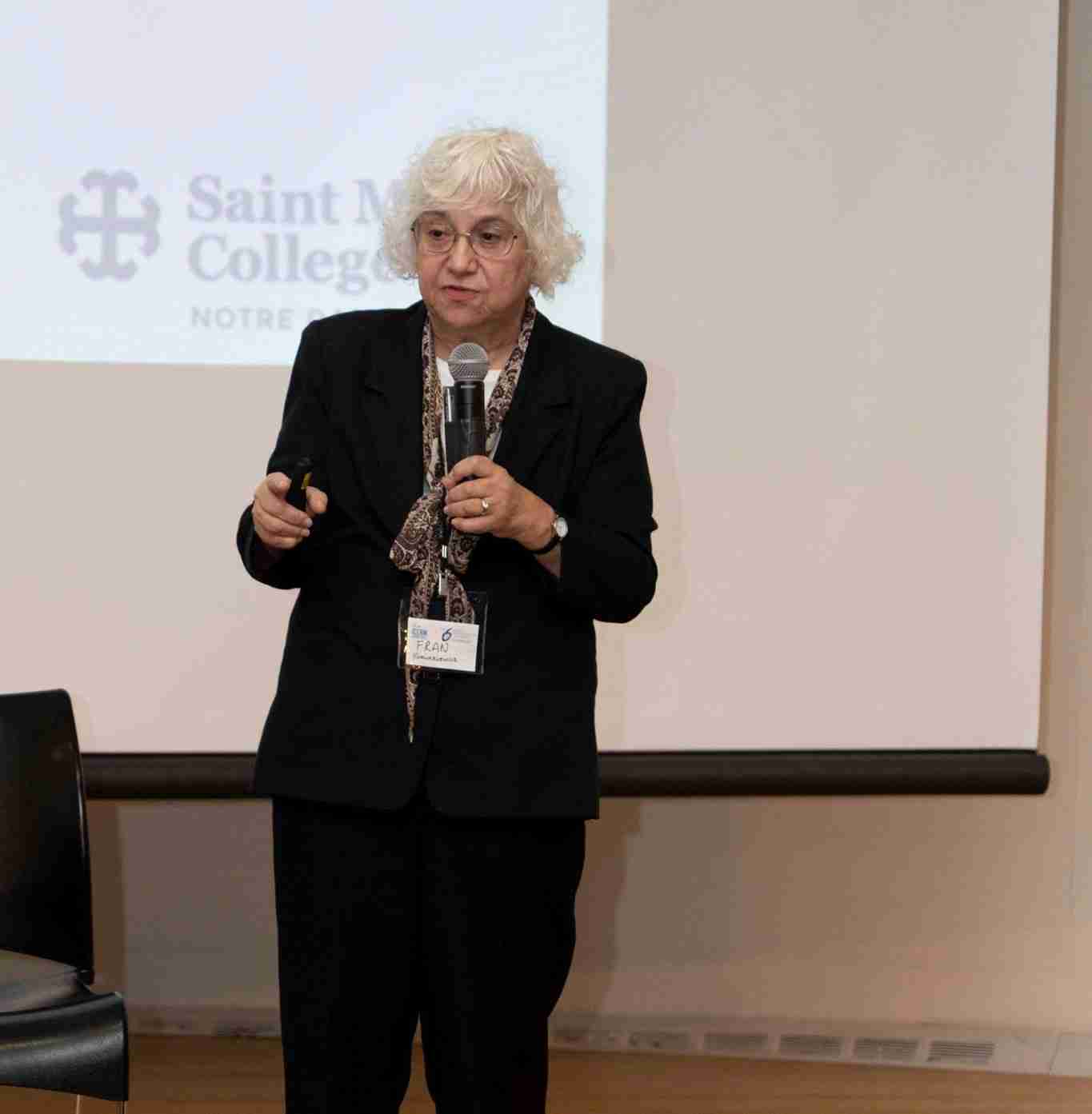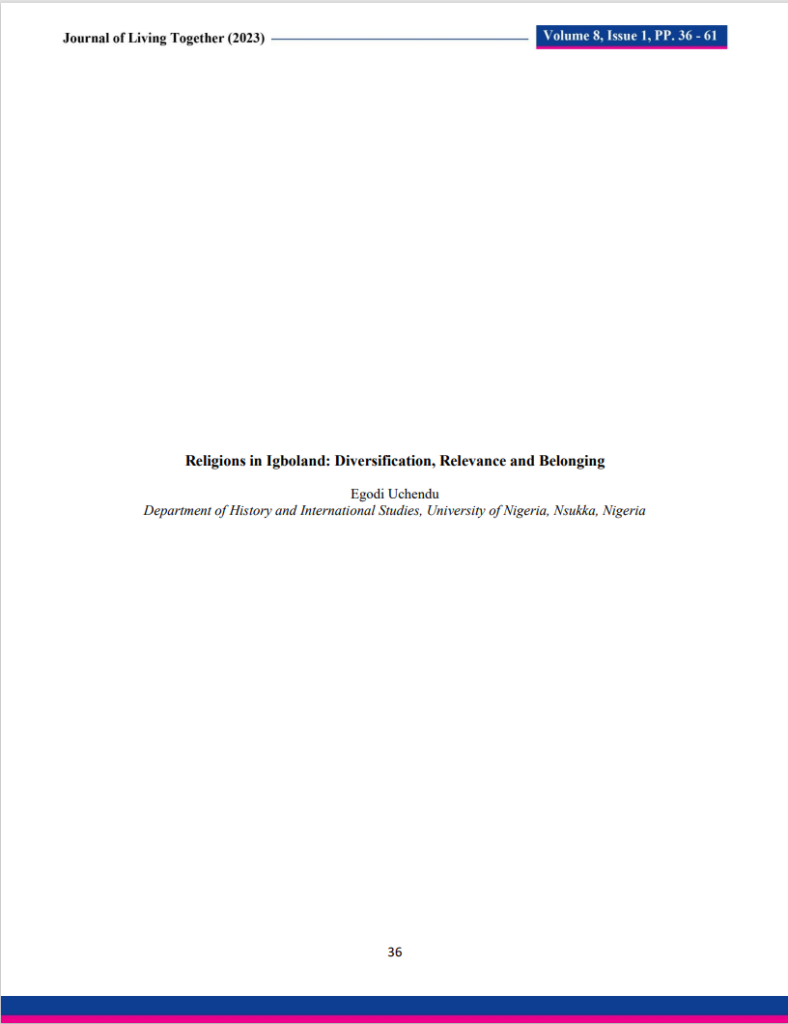Understanding Worldview Differences between the Law Enforcement and Religious Fundamentalists: Lessons from the Waco Standoff Case
Abstract:
This essay provides a new perspective on the Waco standoff case. Exploring the most important themes in Docherty’s (2001) and Randolph’s (2016) books, as well as using relevant concepts from external sources, the essay seeks to achieve the following three goals: 1) Explain why the expected outcomes of the practice theory of change in the Waco standoff case differ from the actual outcomes; 2) Reflect on the lessons learned and explain how Docherty’s (2001) four proactive intervention techniques in worldview oriented conflicts would have helped to prevent the regrettably violent end of the Waco siege; 3) Propose a new theory of change that incorporates the essential mediation or negotiation elements described by Randolph’s (2016) The psychology of conflict: mediating in a diverse world.
Read or download full paper:
Journal of Living Together, 4-5 (1), pp. 221-230, 2017, ISSN: 2373-6615 (Print); 2373-6631 (Online).
@Article{Ugorji2017
Title = {Understanding Worldview Differences between the Law Enforcement and Religious Fundamentalists: Lessons from the Waco Standoff Case}
Author = {Basil Ugorji}
Url = {https://icermediation.org/worldview-differences/}
ISSN = {2373-6615 (Print); 2373-6631 (Online)}
Year = {2017}
Date = {2017-12-18}
IssueTitle = {Living Together in Peace and Harmony}
Journal = {Journal of Living Together}
Volume = {4-5}
Number = {1}
Pages = { 221-230}
Publisher = {International Center for Ethno-Religious Mediation}
Address = {Mount Vernon, New York}
Edition = {2017}.


